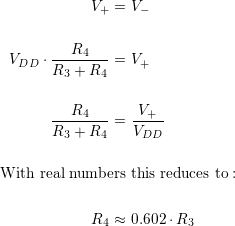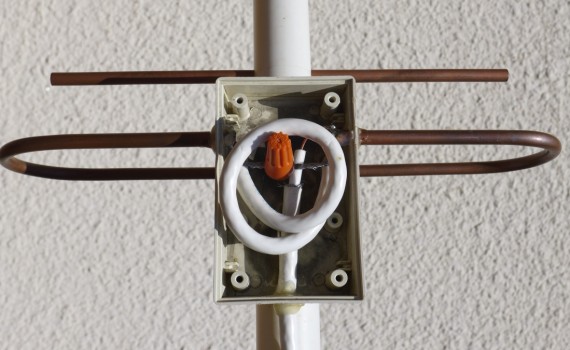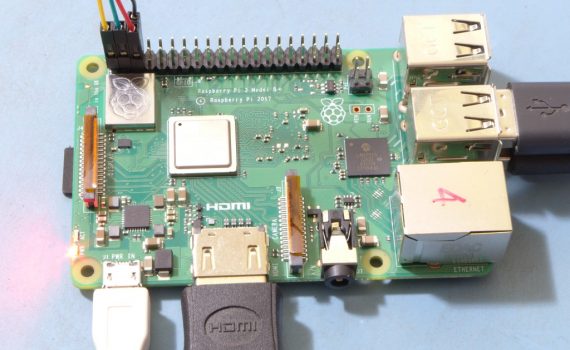Previously we looked at the inputs, what they look like inside the amplifier, and the differences between ideal and real behaviour. This time we look at what comes out the front end of the amplifier. When hooking up a source (power supply / battery / amplifier) to a load (appliance […]
Expertise

In the introductory post, a simple example was presented showing how an op-amp can be used to map a sensitive low-amplitude signal into the range expected by an ADC. Here we look at the difference between idealized and real inputs. The Allure of ‘Ideal’ On first encountering an op-amp, it […]
Cooking with Op-Amps, part 2: Input Impedance, Ideal vs Real.

This series of posts explores fundamental op-amp design issues; why in some projects tough problems never turn up, yet in others they create insurmountable obstacles. The simplest op-amp circuits or design requirements can keep a designer away from the non-ideal features of op-amps, but sooner or later, all those tables […]
Cooking with Op-Amps, part 1: Introduction & Basics.
 64
64 This post comes under the Sidetracks category because it isn’t strictly part of J-Tech’s business (we don’t sell antennas) but it is related to wireless design. There were two objectives to this exercise: 1) learn about the Yagi/Uda antenna from a practical standpoint; 2) get something for nothing. The “something” […]
Building a Yagi Antenna for UHF
 2
2 In the last post we ended with I2C enabled in the kernel and supported in Python V3 via the smbus library. We could not yet test it because there was nothing on the I2C bus with which to converse. First I2C Device The point of getting the Python V3 interface […]
Raspberry Pi – Python V3 MCP3421 Support
Recently, while developing a line of sensors, we had a little fun working with a Raspberry Pi module. Like all things open-source, documentation can be a little sparse, out of sync, inconsistent, and difficult to follow; worse, it’s often organized as a reference as opposed to a lesson. We distilled […]
